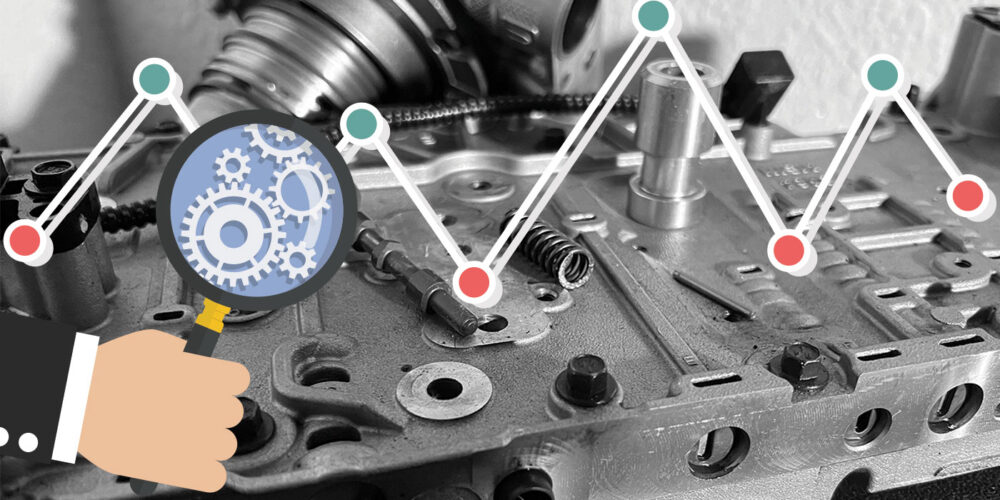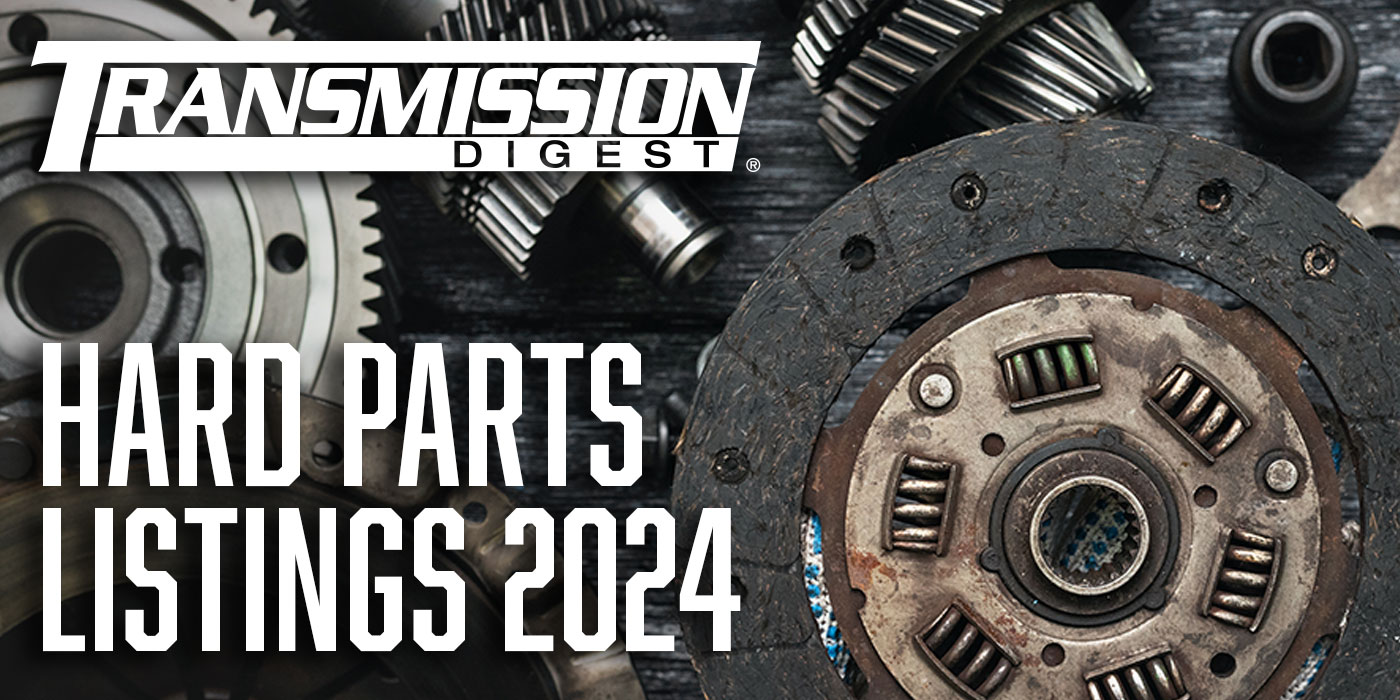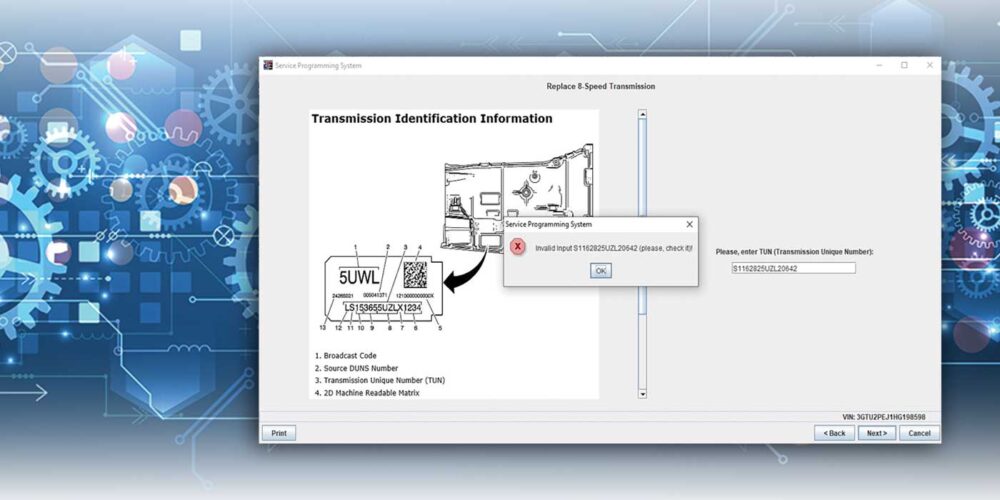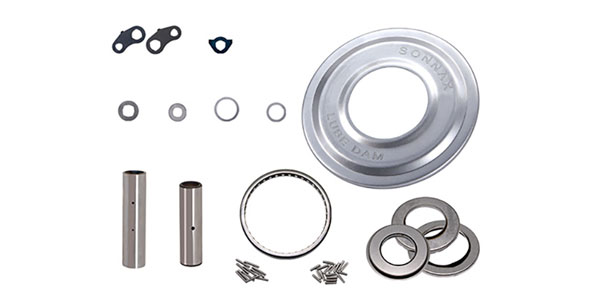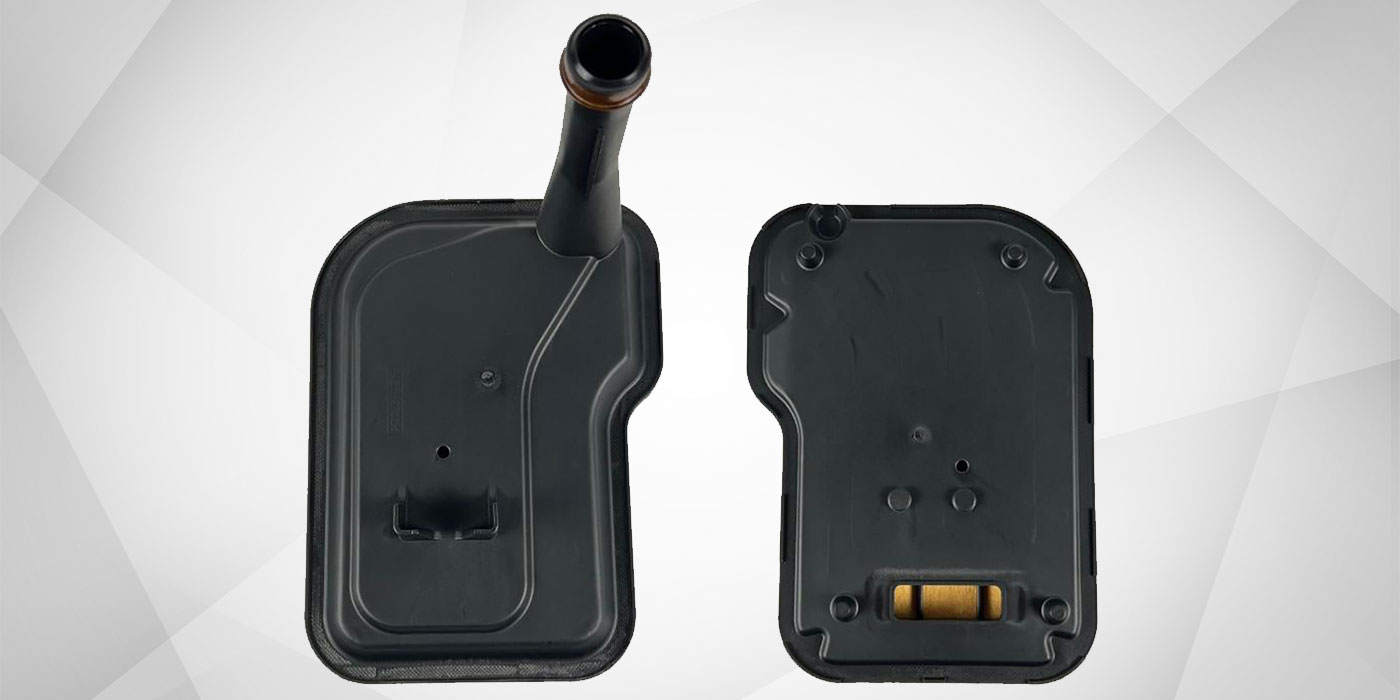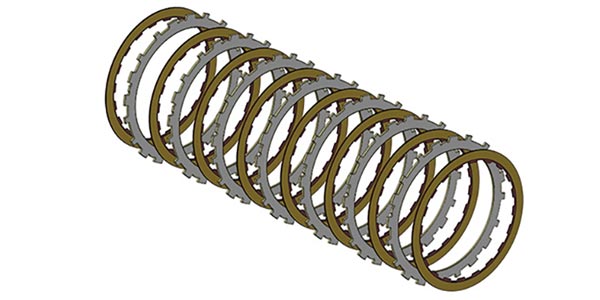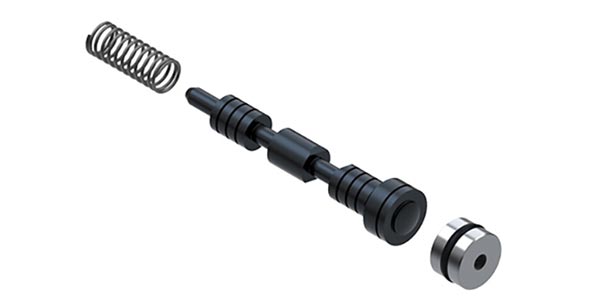I am certain that many have experienced a no-movement forward, no-reverse or abnormal pressure condition with a GM 6L series transmission, especially since they are one of the most popular unit families in shops today. So, let’s examine some conditions and causes along with a few diagnostic tips for troubleshooting. We’ll go through a few categories of the unit, and a variety of reasons each might lead to a no-movement condition.
Read more columns from the TASC Force Tips series here.
Software or electronic
• During the OE programming or relearn process, a temporary no-move condition may occur. When this occurs, remove the scanner, remove the key from the ignition, then open and close the driver door. Wait 15 to 20 minutes and return; it’s usually good to go.
• An incorrect part number or incorrectly programmed TEHCM may cause a no-movement or no-upshift condition. If you are replacing the TEHCM, always verify that its part number and program file match the VIN.
• No line pressure rise is a common condition caused by a TEHCM line pressure solenoid stuck in an exhaust mode. Line pressure is usually stuck at about 60 to 68 PSI when this occurs, with no RPM line rise whatsoever. Unplugged is no different.
Pump
• A pump TCC control valve stuck against spring blocking apply oil (converter charge) is usually a no-movement condition. This valve may cause a variety of symptoms depending the position in which it is stuck, such as shudder during TCC apply or when coasting to a stop. A tip: this valve can be air checked in-vehicle with the valve body removed.
• If the pump pressure regulator boost valve retaining pin is missing. When pressure is below 30 PSI or less at idle, it may be caused by a missing boost valve roll pin. This condition may have some movement, but it will not be normal.
• Pump pressure relief ball and spring missing leads to no movement and no line pressure. This occasionally shows up in rebuilt pumps.
Valve body
• A Type 2 separator plate on Type 1 valve body causes a no-forward condition. Early Type 1 valve bodies cannot be updated to the later eight-checkball plate. The correct plate (no. 24245720) will use seven checkballs. Line pressure will typically be normal with this condition.
• Type 1 separator plate no. 24245720 on Type 2 valve body causes a no-third and no-reverse condition. Line pressure will typically be normal with this condition.
• A TEHCM filter gasket left out during assembly will cause a no-movement condition. This is somewhat rare and typically has no or low line pressure.
• Clutch select valves/springs being put in backwards will cause a no-movement condition. Improper installation of the clutch select valve may cause either a loss of forward, reverse or both. Valves go in first with springs outboard. A stuck clutch select valve may cause the same problem. Line pressure will typically be normal with this condition.
• Actuator feed limit valve (solenoid regulator valve) problem. A loss of line pressure rise and movement may occur with some aftermarket AFL valve assemblies that malfunction. A quick test for AFL valve function is to determine if the transmission shifts through the gears on rack. If it shifts, that’s generally an indication it’s not an AFL valve issue.
• 1-2-3-4 Clutch regulator valve stuck, no forward. Clutch regulator valves can be confusing and easily missed. The 1-2-3-4 clutch regulator valve issue is usually discovered after the repair/reinstall. The 3-5-R clutch regulator valve is also known to stick and cause no-reverse and shift complaints. Line pressure will typically be normal with these conditions.
• A No. 1 checkball shrunken and out of place can cause no-forward. No. 5 checkball out of place can mean no-reverse. Line pressure will typically be normal with these conditions. Sometimes this is an intermittent condition.
• Incorrect valve body installed. A 6L90 valve body installed on 6L80 is a no-reverse condition.
• Compensator feed regulator valve stuck. This valve, depending on the position in which it’s stuck, may cause delays going into gear or harsh, chattering type of shifts or downshift clunks. Line pressure may be RPM erratic and all over the place as it is fed by line pressure.
Geartrain and unit
• If the sun gear is left out of the front planet, or the front input planet is upside down, this will cause no movement in forward or reverse. Line pressure will typically be normal with this condition.
• A forward piston (1-2-3-4) that may become cracked or have the snap ring popped out because that snap ring is not seated properly (one lug that’s not machined for snap ring opening) or a cracked apply piston missed during repair. The 1-2-3-4 OE piston has such a high failure rate that most shops replace this piston on all repairs with a more durable, heavy-duty aftermarket version.
• Output gear weld broken. This typically has a normally working OSS, but no movement in forward or reverse. Line pressure will typically be normal with this condition.
• 3-5-R drum weld broken/cracked is typically a no- or slipping-reverse condition along with third and fifth gear issues.
Hopefully this will help many of you in the repair of GM 6L45, 6L50, 6L80 and 6L90 transmissions.
Jim Mobley is a Sonnax technical communication specialist. He is a member of the Sonnax TASC Force (Technical Automotive Specialties Committee), a group of recognized industry technical specialists, transmission rebuilders and Sonnax Transmission Co. technicians.

